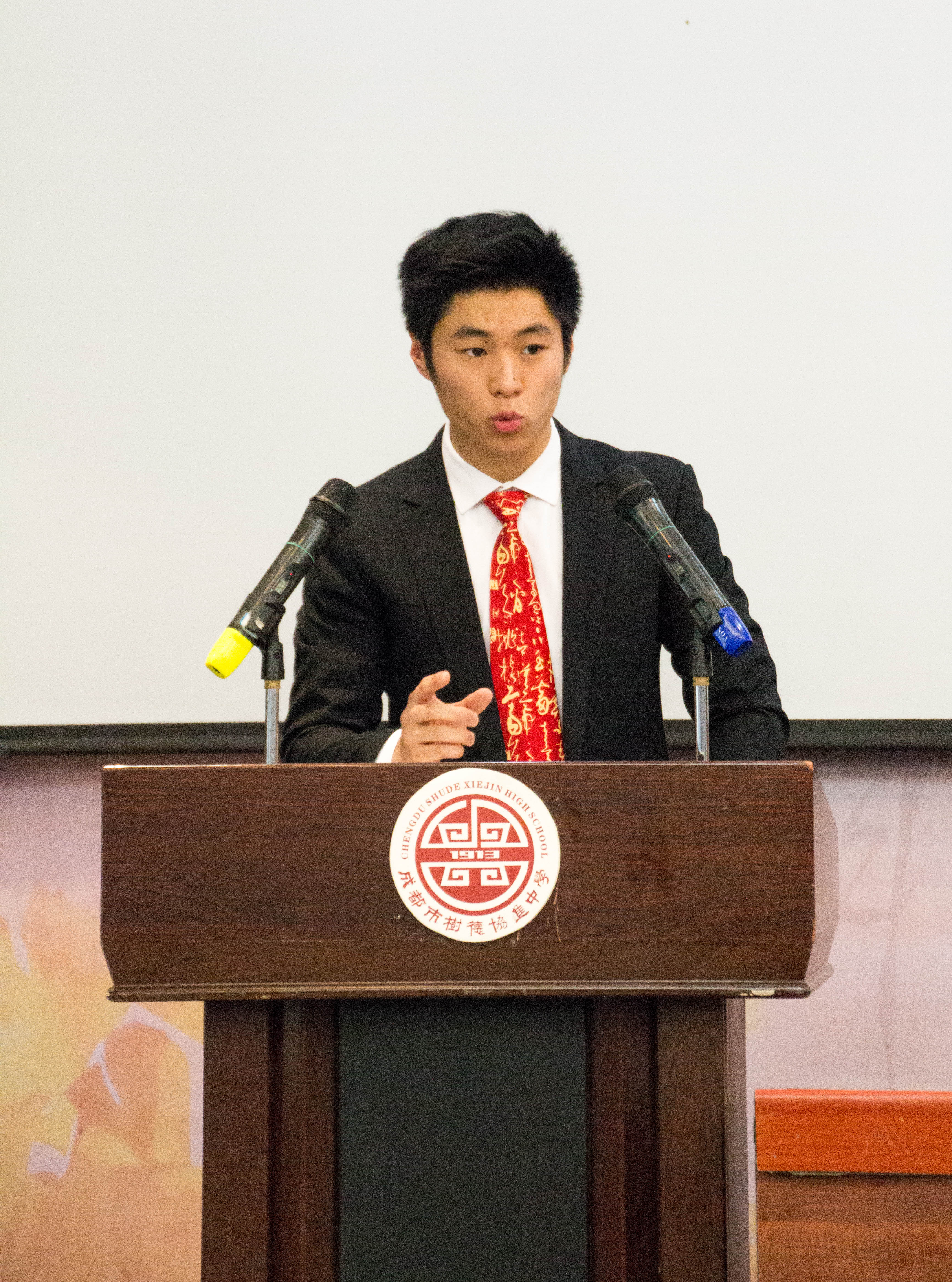How Can Presidents Keep Track of Their To-Do Lists?

How do Presidents Manage the entire country?
President Dwight D. Eisenhower had a unique method, now called the Eisenhower Matrix.
The matrix divides tasks into four quadrants, based on urgency and importance.
Urgent and Important:
Urgent and important tasks should be completed immediately. This quadrant consists of tasks that are both pressing and essential.
Urgent and Not Important:
Urgent tasks that are not important should be delegated or deferred.
Not Urgent, But Important:
Tasks that are not urgent but important should be scheduled and reviewed regularly.
Not Urgent, Not Important:
Tasks that are neither urgent nor important should be eliminated.
The Eisenhower Matrix is a popular tool to prioritize tasks and make the most out of available time. By evaluating tasks in terms of urgency and importance, it can help you focus on the most important tasks, delegate less important tasks, and eliminate those that are neither important nor urgent.
What are the benefits and drawbacks of using this method to prioritize your tasks and projects?
The main advantage of the Eisenhower Matrix is its ability to quickly prioritize tasks and help eliminate non-essential tasks. This cuts down on wasted time and helps you focus on the most important tasks, ensuring that you make the most productive use of your time.
A drawback of the Eisenhower Matrix is that it may overlook tasks that are not considered urgent or important, but still need to be completed in order to accomplish larger goals. It’s important to remember that urgency and importance aren’t always the same thing; some tasks may be important but not urgent, and vice versa. It’s important to evaluate tasks on a case-by-case basis. Also, the matrix can be time-consuming to set up and maintain if there are a lot of tasks that need to be prioritized.
How can students use the Eisenhower Matrix?
Students can use the Eisenhower Matrix to prioritize tasks and projects in their studies. As with any other use of the matrix, it’s important to evaluate tasks on a case-by-case basis.
Urgent tasks may include upcoming exams or assignments that require immediate attention. Important tasks involve longer-term goals such as researching topics, writing papers, and completing group projects.
By using the Eisenhower Matrix, students can better prioritize their tasks and create a plan for accomplishing their work more efficiently and effectively. It can also help them to eliminate non-essential tasks that may be taking up valuable time.
Here’s what a real-life example might look like for a high school student:
Urgent and Important: Upcoming exam
Urgent and Not Important: Texting friend
Not Urgent, But Important: Completing research project
Not Urgent, Not Important: Watching TV.
A key component of the Eisenhower Matrix that makes it so powerful is that all items within the matrix are considered relatively to each other. What does this mean? It means that the relative importance of each task may change over time and in different contexts. For example, an upcoming exam may take precedence over a research project during exam season, even if the project is more important overall. Does that mean the items in the Matrix can change day-to-day or week-to-week? Absolutely! The items in the Matrix should be re-assessed and re-prioritized regularly. Your Matrix might also look completely different to a friend’s.
There are different implementations of the Eisenhower Matrix you can try, such as using a pen and paper, using the computer, or even using specific software or apps on your phone. Whichever way you choose to go about it, the Eisenhower Matrix is a great tool for prioritizing tasks and helping you focus on the most important ones.
By using the Eisenhower Matrix, students can identify the priority tasks for a given moment and plan accordingly. Doing so can help maximize their productivity and ensure that the tasks that are most important to them are completed on time and with quality. Want more tips on how to stay focused? Continue reading our blog "How Does the Richest Person in the World Stay Focused?" & more about the Leaderhip Theory. Enjoy!

